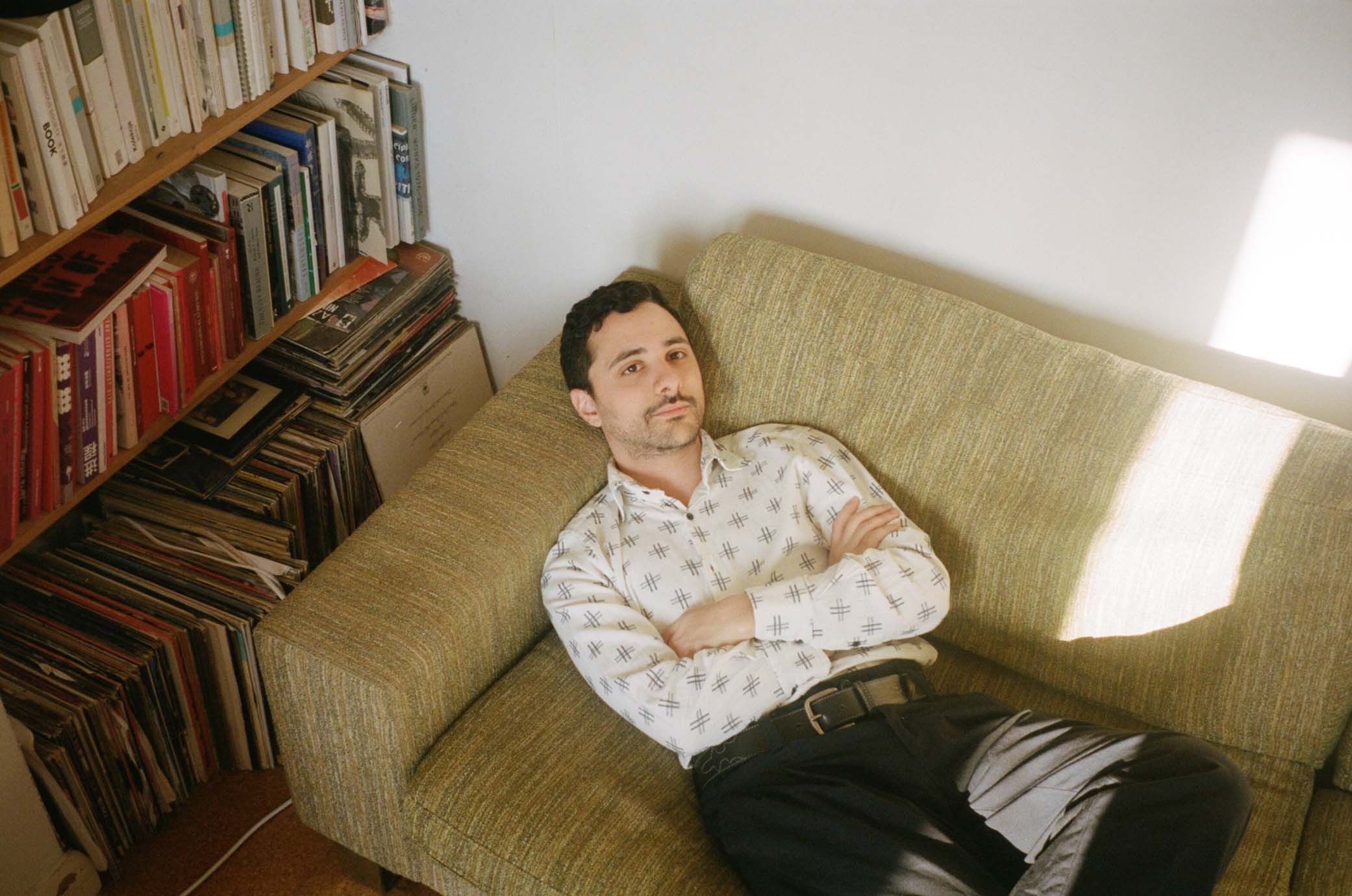
“Closure is always individual,” says Colombian filmmaker and artist Manuel Correa, whose latest documentary, The Shape of Now (2018), addresses the search for collective meaning and accountability in the wake of Colombia’s 60-year-long armed conflict. “Closure, reconciliation, forgiveness—these are always individual. The attempt to legislate towards closure can be sometimes read as positive, but closure is a chimera. You cannot actually legislate for closure. Closure is individual.” Correa notes that some victims of war may find closure when they locate the bodies of their missing family and friends, while others find their loved ones yet aren’t able to move on. Still, others don’t ever locate their loved ones but do find closure. Closure is slippery. But what’s the alternative?
Correa, who is just 28, did not set out to undertake a documentary project on a topic as big as the Colombian armed conflict, the factional and asymmetrical war that has killed an estimated 260,000 between combatants and civilians since the 1960s. While living in Vancouver, where he earned a BFA from Emily Carr University of Art + Design in 2015, Correa initially set out to make a film about the nature of memory. A neuroscientist he interviewed in Canada introduced him to a colleague who was working on experiments with memory in post-war Colombia, and Correa soon found himself back in his native country, talking to survivors of the very recent past—the Colombian peace process ended only in 2016—and trying to depict this process of reckoning on film.
More than anything, The Shape of Now is about the process of creating historical memory: its promise and its fallibility. Correa interviews a logician, an arms dealer, a peace negotiator, journalists and neuroscientists as well as ex-combatants from all sides and, most touchingly, a group for the mothers of people who disappeared. All of these individuals are, in their own way, trying to piece together what has happened (or what they’ve done) and figure out why, so that they can move on. This kind of processing is something we all attempt to do in our own minds, but whether it is possible on a societal scale—whether Colombians can ever arrive at a shared understanding of the last sixty years of war, whether there are sufficient measures of accountability in place and whether and how it might be possible for the nation to “move on”—is something the documentary treats as a very open question.
Midway through the film—after we’ve seen neuroscientists affix sensors to the scalps of ex-combatants and ask them questions like, “When you watch a film, do you identify with the protagonist?,” seen mothers whose children are missing go into prisons and stage plays to try to reach some of the very people who may have killed their sons and seen children in lush mountains play together by brandishing sticks like rifles—a historian appears, to remind us that what we think of as history is always a product of the present. Our understanding of what happened in the past is created by people in the present and corresponds to present-day needs. What is the potential of shared memory after conflict on such a scale? The queries posed by The Shape of Now reminded me of Chris Marker’s 1983 documentary Sans Soleil, in which Marker remarks, “And in place of what we were told had been forged into a collective memory, [there were] a thousand memories of men who parade their personal lacerations in the great wound of history.”
Since graduating from Goldsmiths University with a Master’s in Research Architecture in 2019, Correa has been working with Forensic Architecture, the Turner Prize-nominated art group and research agency, also based at Goldsmiths, that uses knowledge of the built environment in the form of public records, direct testimony and other data to gather information about abuses of power that could stand up in court or be used in journalistic investigations. Working with the collective, Correa says, “adds a very serious level of rigor to the visual investigations that you carry out as a filmmaker—you have to produce evidence.” He finds that objective useful, even as he describes his own approach to film so far as “more participatory, more ethnographic, more visual” and, one dares tos ay, a little more creatively driven.
In the scenes with the theater group of mothers who visit prisons, the film finds its heart. “I kept thinking of a film by the Italian filmmakers Paolo and Vittorio Taviani, called Cesare deve morire (2012), about a group of inmates in an Italian jail who keep rehearsing this Shakespeare play [Julius Caesar],” says Correa. He spent months with his subjects and approached them first as people. “For filmmakers and journalists, a lot of times, the thing you’re making seems like the most important thing in the world,” he says. “It’s important to remember that it’s actually not, and that life itselfis sometimes more interesting and that the relationships you build will teach you more than any journalism or filmmaking could.”
Correa is currently at work on a documentary about the descendants of those who disappeared during the Spanish Civil War. Forced disappearances are something the Colombian armed conflict and 1930s Spain had in common. The impact that forced disappearance has on surviving family members—and on the identity formation of children who are left without parents—is unparalleled. Not knowing is awful. “The truth, in most cases of forced disappearance, is very direct. You are literally looking for the whereabouts of a person who is supposed to not exist anymore, who has been deleted from history. This person has a family, and they want to know where the person is, because without that they cannot find closure. And without closure, there is no moving on, there is no future.










 in your life?
in your life?

